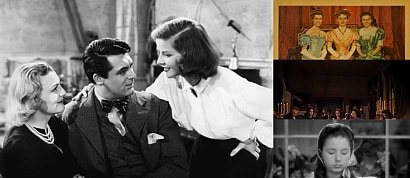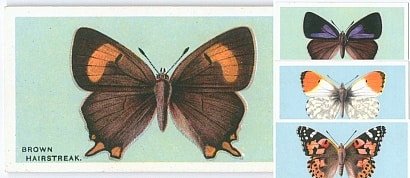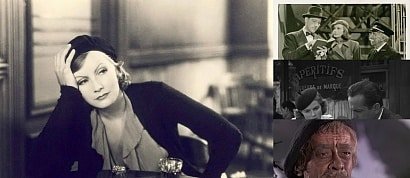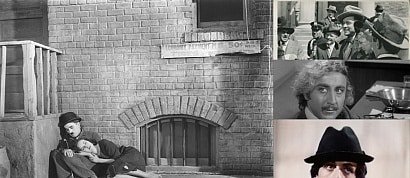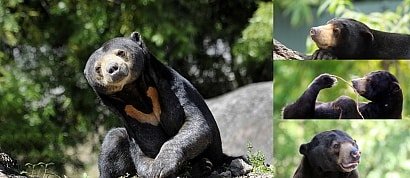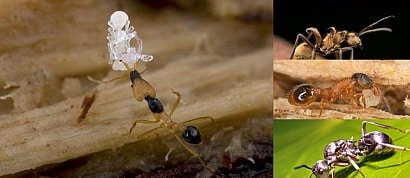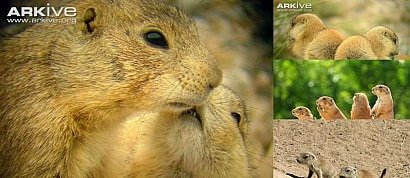A list of my favorite images of nilgais.
en.wikipedia.org/wiki/Nilgai
The nilgai or blue bull (Boselaphus tragocamelus) is the largest Asian antelope and is endemic to the Indian subcontinent.
The sole member of the genus Boselaphus, the species was described and given its binomial name by German zoologist Peter Simon Pallas in 1766.
The nilgai stands 1–1.5 metres (3.3–4.9 ft) at the shoulder; males weigh 109–288 kilograms (240–635 lb) and the lighter females 100–213 kilograms (220–470 lb).
A sturdy thin-legged antelope, the nilgai is characterised by a sloping back, a deep neck with a white patch on the throat, a short crest of hair along the neck terminating in a tuft and white facial spots. A column of pendant coarse hair hangs from the dewlap ridge below the white patch.
Sexual dimorphism is prominent – while females and juveniles are orange to tawny, adult males have a bluish-grey coat. Only males possess horns: 15–24 centimetres (5.9–9.4 in) long.
The nilgai is diurnal (active mainly during the day).
The animals band together in three distinct kinds of groups: one or two females with young calves, three to six adult and yearling females with calves and all-male groups with two to 18 members.
Typically tame, the nilgai may appear timid and cautious if harassed or alarmed; it flees up to 300 metres (980 ft)-or even 700 metres (2,300 ft), galloping away from the source of danger.
Herbivores, nilgai prefer grasses and herbs, though they commonly eat woody plants in the dry tropical forests of India.
Females become sexually mature by two years, while males do not become sexually active until four or five years old. The time of the year when mating takes place varies geographically, but a peak breeding season lasting three to four months can be observed at most places. Gestation lasts eight to nine months, following which a single calf (sometimes twins or even triplets) is born. As typical of several bovid species, nilgai calves stay hidden for the first few weeks of their lives. The lifespan of the nilgai is around ten years.
Nilgai prefer areas with short bushes and scattered trees in scrub forests and grassy plains. They are common in agricultural lands but hardly occur in dense forest.
Major populations occur in the Terai lowlands in the foothills of the Himalayas (northern India) but the antelope is sparsely found in Nepal and Pakistan and is extinct in Bangladesh.
Nilgai were first introduced to Texas in the 1920s and the 1930s. As of 2008, the feral population in Texas is nearly 37,000.
The nilgai has been associated with Indian culture since the Vedic period (1500–500 BCE). Hindus revere the nilgai as sacred and associate it with the cow, the mother animal in Hinduism, through its name and loosely similar physical features.
They were hunted in the Mughal era (16th to 19th centuries) and are depicted in numerous miniatures.
Nilgai have been considered a pest in several north Indian states, as they ravage crop fields and cause considerable damage. In Bihar, authorities have classified the nilgai as vermin.
The nilgai is categorised as Least Concern by the IUCN.
Added to
People who voted for this also voted for
Escalator Scenes - Movies
Sisters Characters Part I - Movies
Cigarette Cards: British Butterflies (1930)
70's exported music from Albion Island
Cotton Candy - Movies
AMWF Relationships in Cinema and TV
Fire Scenes in Films
Torture Scenes - Movies
Sailor Characters - Movies
James Whitmore Partial Filmography
Joan Cusack Films Viewed
Actors Wearing Beret - Movies
Leprosy in the Movies
Actor and Screenwriter (Same Movie)
old school action soundtrack
More lists from kathy
Favorite Images of Sun Bears
Favorite Images of Coypus
Favorite Images of Secretary Birds
Favorite Images of Ants #2
Favorite Images of Prairie Dogs
Animals in the Snow
Favorite Images of Bedlington Terriers
 Login
Login













































